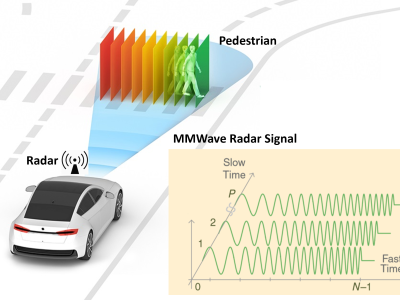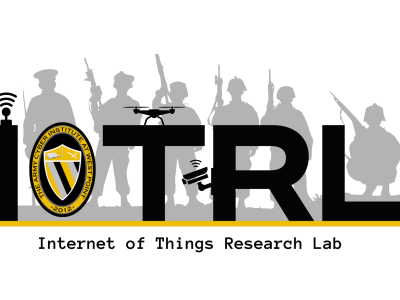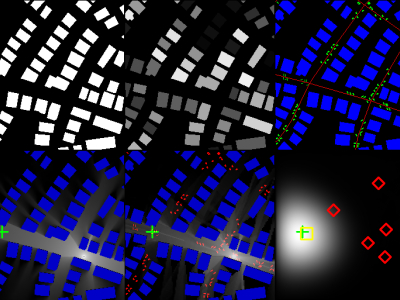Optimizing RF Energy Harvesting in IoT: A Machine Learning Estimation Considering Polarization Effects

- Citation Author(s):
-
Khatereh Nadali (Technological University Dublin)
- Submitted by:
- khatereh Nadali
- Last updated:
- DOI:
- 10.21227/36e4-gk75
 492 views
492 views
- Categories:
- Keywords:
Abstract
The rapid evolution of wireless technology has led to the proliferation of small, low-power IoT devices, often constrained by traditional battery limitations, resulting in size, weight, and maintenance challenges. In response, ambient radio frequency (RF) energy harvesting has emerged as a promising solution to power IoT devices using RF energy from the environment. However, optimizing the placement of energy harvesters is crucial for maximizing energy reception. This paper employs machine learning (ML) techniques to predict areas with high power intensity for RF energy harvesting. Five supervised ML algorithms are compared across four scenarios using antennas with circular and linear polarization. The impact of noise filtering on accuracy is also assessed. Results show that random forest outperforms other ML algorithms, demonstrating the effectiveness of ML in estimating optimal energy harvesting locations and providing insights for sustainable energy network development.
Instructions:
The provided Figure depicts the experimental setup, including the placement of circularly polarized (CP) and linearly polarized (LP) antennas on a Roland DXY-1200 plotter. We conduct the experiment in a controlled indoor environment at Ghent University’s laboratory. A network analyzer is used to generate RF signals at the frequency of 1.8 GHz. In this study, we perform four sets of measurements, which we refer to as four scenarios. In Scenario 1, we use identical CP antennas as both the transmitter and receiver. In Scenario 2, we utilize a CP transmitter and an LP receiver. In the third scenario, the role of the antennas is reversed. In Scenario 4, we use two identical LP antennas as both the transmitting and receiving antennas.
In all scenarios, the receiver is positioned 400 cm away from the transmitter. An absorber panel is placed in between to block the line-of-sight (LoS) signals, allowing the receiver to receive signals from indirect paths. The receiver is mounted on a plotter, which moves in increments of 2.57 mm across a 26×26 cm2 area. The received power level is recorded using a spectrum analyzer connected to the receive antenna.








Interesting !